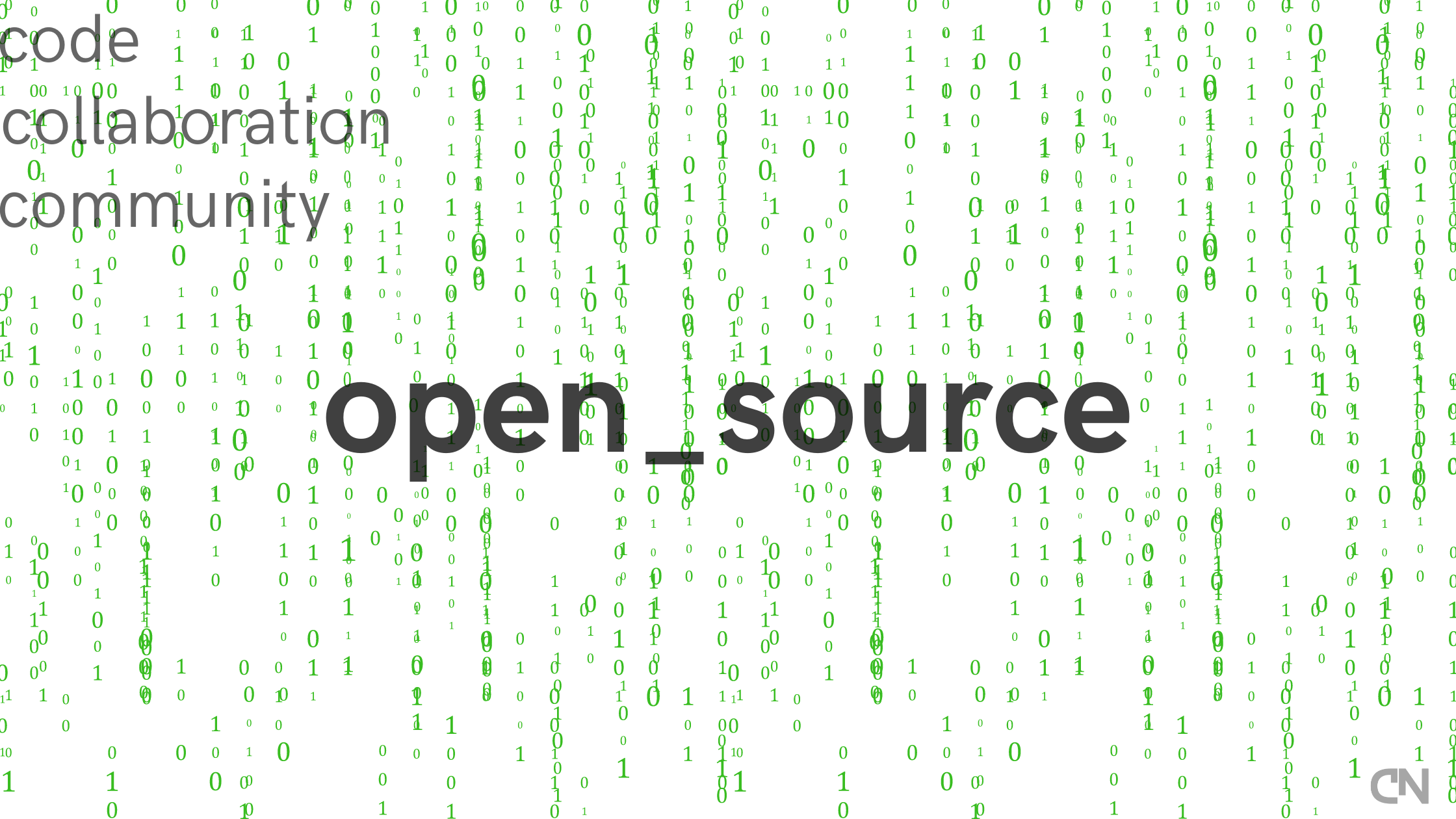On this page
Estimated reading time is 2 minutes and 18 seconds 🕒
In the fast-evolving tech landscape, "Ops" suffixes are everywhere in tech, each adding its twist to making processes smoother and more efficient. Let's clarify what each of these terms means, shall we?
DevOps: Bridging Development and Operations
Imagine a world where developers and IT operators are best buddies, seamlessly working together to make software updates as smooth as your favorite streaming binge. That's DevOps. It's all about breaking down silos to speed up deployment times and enhance collaboration. Tools like Jenkins for automation and Docker for containerization are stars in the DevOps universe.
GitOps: Git at the Heart of Operations
If DevOps had a younger sibling obsessed with order and version control, that would be GitOps. It's DevOps supercharged by Git—a system that tracks changes in files (like Github). Imagine updating your website's infrastructure as easily as you post on social media, with every change tracked and reversible. Tools like ArgoCD help manage this in a Kubernetes environment.
PeopleOps: Putting People First
Tech isn't just about codes and systems; it's powered by people. PeopleOps focuses on creating a positive work environment, emphasizing employee engagement and satisfaction. It's HR reimagined for the digital age, ensuring teams are happy, productive, and, importantly, sticking around.
MLOps: AI's Best Practices
Machine Learning Operations, or MLOps, streamlines the way AI models are developed, deployed, and maintained. Think of it as a gardener tending to a very delicate plant, ensuring it grows strong and healthy in the wild digital ecosystem. MLOps ensures AI and machine learning projects are scalable, manageable, and reproducible.
SecOps: Security First, Always!
In a world brimming with digital threats, SecOps (Security Operations) is the tech world's knight in shining armor. It integrates security protocols directly into the development and operational processes, making sure that every app or software is as safe as a vault before it reaches the user. It's like having a security guard checking IDs at every door in the software lifecycle.
CloudyOps: A Visionary Future
And then there's CloudyOps, our imaginative take on an operations philosophy where cloud computing resources are optimized to such an extent that they seem to manage themselves, supported by AI and automation. Imagine a cloud so smart, it rains solutions without a single storm cloud in sight. Boom!
Why Do These Matter?
These "Ops" philosophies aren't just buzzwords; they're reshaping how companies approach software development, deployment, and maintenance, focusing on speed, efficiency, and, most importantly, satisfaction—both for employees and end-users.
Fun Fact:
You may be wondering why the estimated reading time of this post is 2min and 18 seconds? Well, here is the explanation in code 😄
# Calculate the estimated reading time based on 575 words and convert to minutes and seconds with rounding
words = 575
average_reading_speed_per_minute = 250 # Average words read per minute
# Calculate reading time in minutes
estimated_reading_time_minutes = words / average_reading_speed_per_minute
# Convert fractional part of minutes into seconds and round to nearest whole number
minutes = int(estimated_reading_time_minutes)
seconds = round((estimated_reading_time_minutes - minutes) * 60)
print(f"{minutes} min and {seconds} seconds")
# Output is: 2 min and 18 seconds
Stay tuned as we delve deeper into each of these 'Ops' concepts and their impact on the tech future. Curious for more? Check out CloudyGPT for an even more in-depth understanding of these pivotal practices. Join the conversation and share which 'Ops' excites you the most!







